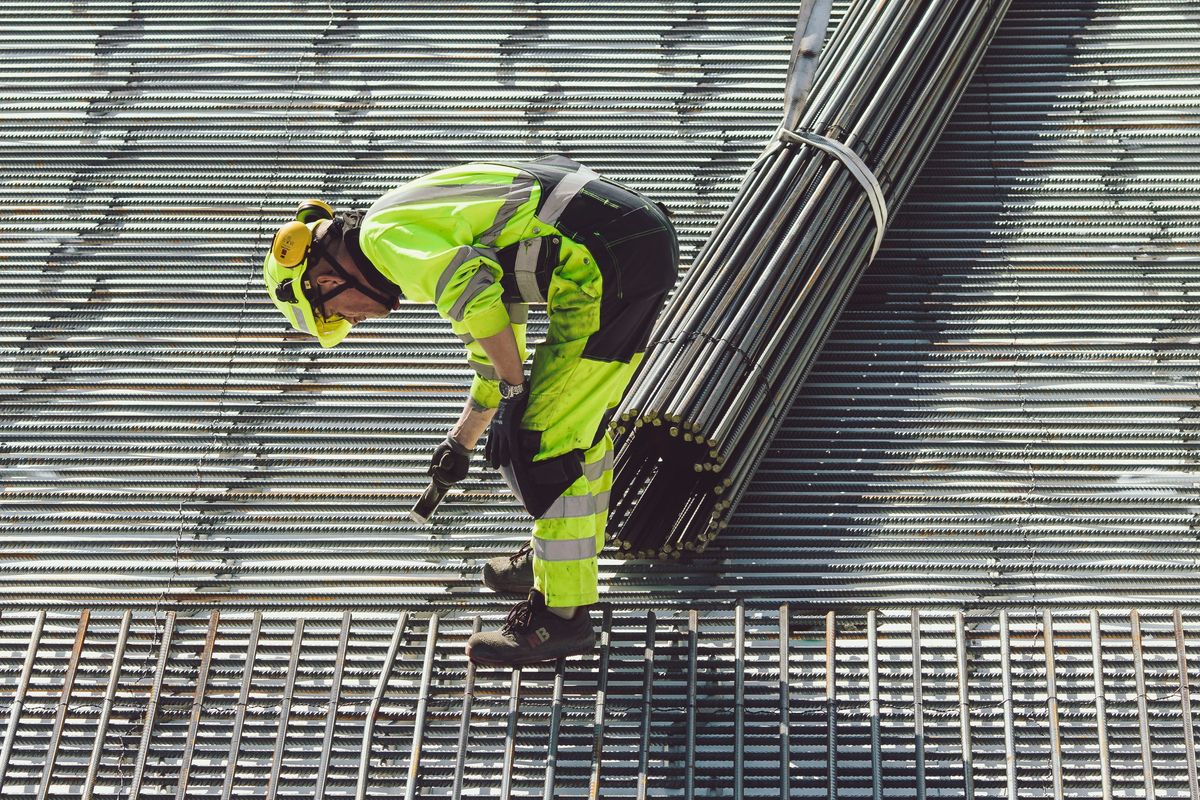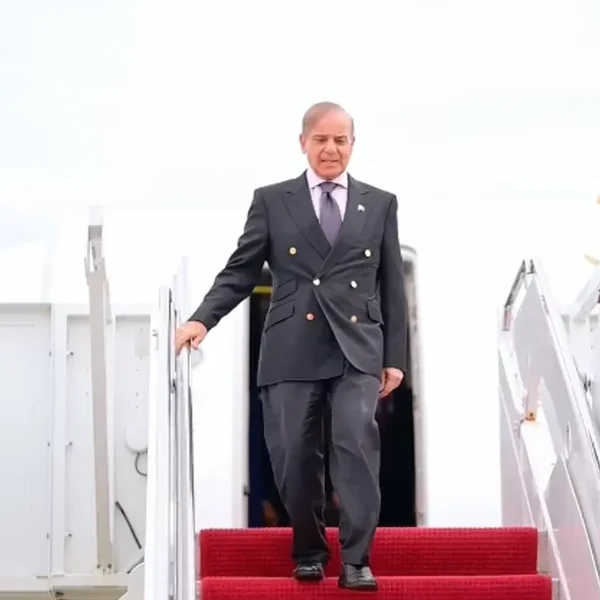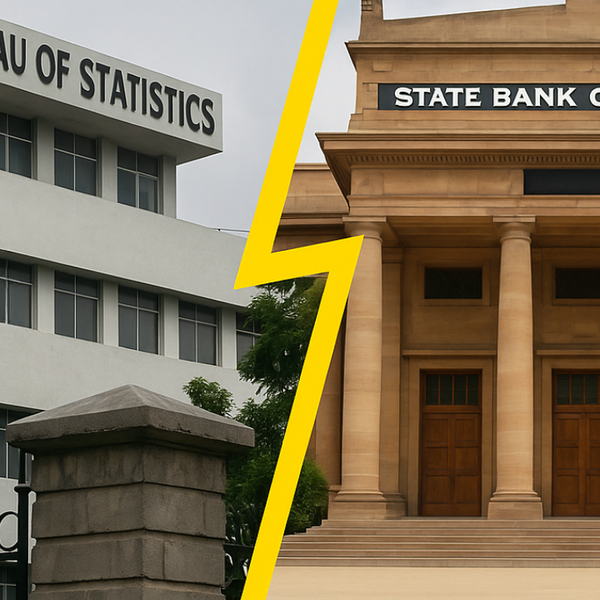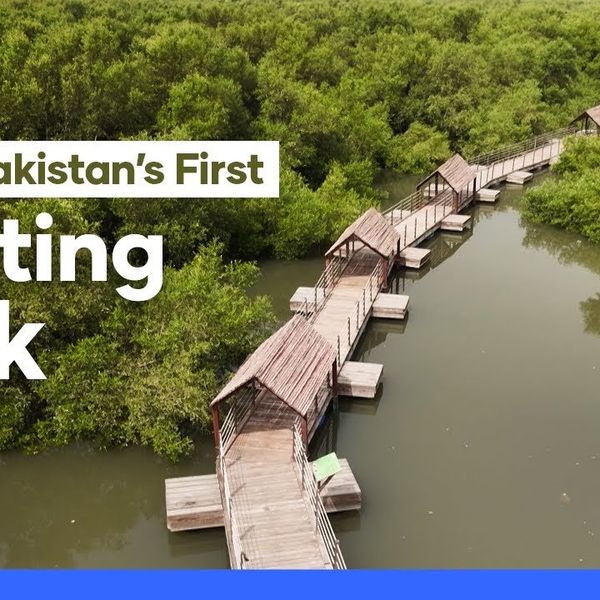Iron and steel scrap imports hit 3-year high in Pakistan
Analysts say trend signals early signs of industrial recovery despite weak demand

Haris Zamir
Business Editor
Experience of almost 33 years where started the journey of financial journalism from Business Recorder in 1992. From 2006 onwards attached with Television Media worked at Sun Tv, Dawn Tv, Geo Tv and Dunya Tv. During the period also worked as a stringer for Bloomberg for seven years and Dow Jones for five years. Also wrote articles for several highly acclaimed periodicals like the Newsline, Pakistan Gulf Economist and Money Matters (The News publications)

Pakistan’s iron and steel scrap imports climbed to their highest level since 2021 in September, signaling a shift in government import policy, according to data released by brokerage Arif Habib Ltd. (AHL).
The country imported 359,759 tonnes of iron and steel scrap in September, up 30% from a year earlier and 36% from August, AHL said.
During the first quarter of fiscal year 2026, total imports rose 12% to 935,981 tonnes.
In value terms, imports reached $178 million in September, reflecting an 11% annual increase.
However, first-quarter import values slipped 2% to $486 million due to a 12% decline in the average import price to $524 per tonne.
Analysts attributed the surge to the State Bank of Pakistan’s relaxation of import restrictions in coordination with the Ministry of Finance.
The easing helped widen the trade deficit to more than $9 billion in the first quarter and enabled an 86% year-over-year increase in profit repatriation by foreign investors.
“Iron and steel scrap imports are often an early indicator of industrial recovery,” said an analyst said.
“The increase suggests that local manufacturers are preparing for higher production levels, though demand in the construction and manufacturing sectors remains fragile.”
Iron and steel imports are considered vital for Pakistan’s industrial production and economic stability.
The sector has faced significant disruptions in recent years amid foreign exchange shortages and curbs on raw material imports. While scrap imports have rebounded, overall demand remains weak as economic growth slows.
Pakistan’s per capita steel consumption fell from about 48 kilograms in fiscal 2022 to an estimated 36 kilograms in fiscal 2023, well below the global average of roughly 222 kilograms, according to the Pakistan Credit Rating Agency.
Globally, steel consumption closely tracks economic growth.
The world steel market contracted 1.1% in 2023, in line with a slowdown in global GDP growth to 2.7%, the agency said.
For 2024, it projected global GDP growth at 3.2% and a 1.7% increase in steel demand.
Pakistan’s economy grew 2.4% in fiscal 2024, while domestic steel consumption rose 1.8% following the lifting of scrap import curbs in mid-2023.
Industry experts said the latest increase in scrap imports is a positive sign for the long steel sector, where scrap serves as the main raw material for producing billets, rebars and girders.










Comments
See what people are discussing